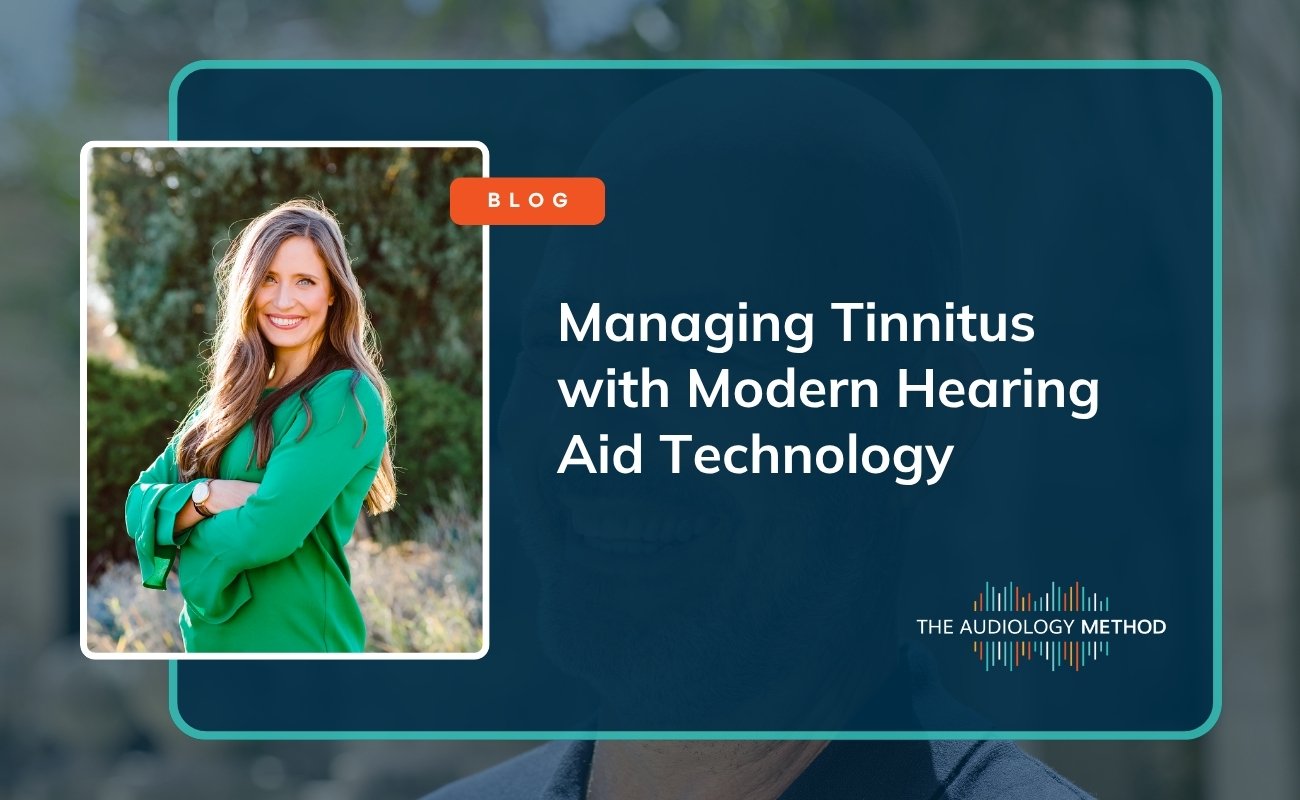

In this comprehensive guide, we'll delve into the differences between hearing aids and cochlear implants. We'll explore how these devices work, who they're suited for, the evaluation process, cost considerations, and more.
While both hearing aids and cochlear implants serve to improve hearing for those with sensorineural hearing loss, they operate on different principles and are suited to different degrees of hearing loss.
Hearing aids are non-invasive devices that amplify sounds, making them clearer and louder for the user. They only fit into the outside of the ear canal, with a few exceptions. As such, they're typically recommended for individuals with mild to moderate hearing loss.
In contrast, cochlear implants are surgically implanted devices that bypass damaged parts of the ear to stimulate the auditory nerve directly. They’re installed deep into the ear canal, right up to the cochlear. They're generally suited for individuals with severe to profound hearing loss, or those who don't derive sufficient benefit from hearing aids.
Hearing aids are small, electronic devices that amplify incoming sound before it reaches the inner ear. They consist of a microphone, an amplifier, and a speaker. The microphone captures sound waves, which are then amplified by the electronic component. The amplified sound is finally sent to the speaker, which transmits it into the wearer's ear.
Hearing aids can be configured to amplify specific frequencies, tailoring the sound amplification to the wearer's unique hearing loss profile. They're removable, allowing the user to insert and remove them from the ear canal as needed.
Hearing aids come in a variety of styles, shapes, sizes, and colors, with two main types being in-the-ear (ITE) and behind-the-ear (BTE) models. ITE models fit entirely in the outer ear, while BTE models sit behind the ear with a tube or wire connecting to an ear mold or receiver in the ear canal.
Hearing aids can also offer various features, such as different sound profiles, Bluetooth or wireless compatibility, rechargeable batteries, and compatibility with mobile apps. These features can enhance the user's listening experience and convenience.
Unlike hearing aids, cochlear implants don't amplify sound and send it down the ear canal. Instead, they bypass the damaged portion of the ear to deliver sound signals directly to the auditory nerve. This is achieved through a complex, two-part device: an external component housing a microphone, speech processor, and transmitter, and an internal component comprising a receiver and an electrode array.
The external microphone captures sound, which is processed and transmitted to the internal receiver via the transmitter. The receiver converts these signals into electrical pulses, which are dispatched to the electrodes embedded deep in the inner ear. When these electrodes stimulate the auditory nerve, the brain receives a signal to process the sound.
Cochlear implants are typically recommended for individuals with moderate to profound hearing loss in both ears who find that hearing aids aren’t helping. This is often determined through a hearing test conducted while wearing hearing aids, focusing specifically on sentence recognition.
Before cochlear implant surgery, candidates undergo thorough audiological evaluations, as well as medical examinations and imaging studies. Given the significant commitment required following surgery, patients (or their parents in the case of children) may receive counseling about the device's performance and potential limitations.
The process of acquiring hearing aids usually involves a non-invasive hearing evaluation performed by a licensed audiologist or hearing specialist. This evaluation involves identifying sounds through a set of headphones and determines the degree and type of hearing loss, enabling the specialist to prescribe suitable hearing aids.
In contrast, the process for obtaining cochlear implants is more complex and rigorous. It involves medical examinations, audiological and psychological assessments, and counseling sessions to ensure the candidate fully understands the benefits, performance, and limitations of the implants.
The transition to using hearing aids or cochlear implants involves a period of adjustment. For hearing aids, this can take several weeks, depending on the degree of hearing loss and the specific devices used. For cochlear implants, the adjustment period may extend from six to 12 months, requiring therapy and aural rehabilitation to help the individual adapt to the new method of hearing.
The cost of hearing aids can range from $1,000 to $5,000 per device, depending on the technology, features, size, and customizations involved. Some insurance plans offer coverage for hearing aids, though this varies widely.
Cochlear implants, on the other hand, can cost around $60,000 per implant. However, most insurance plans, including Medicare, Medicaid, and VA benefits, offer coverage options for cochlear implants.
In some cases, individuals may use a cochlear implant in one ear and a hearing aid in the other, a setup known as bimodal hearing. This approach can offer the benefits of both devices, maximizing the individual's hearing capabilities.
Aside from hearing aids and cochlear implants, there are other hearing devices available, such as bone-anchored hearing aids (BAHAs). These devices are best suited for individuals with at least one normally functioning inner ear, such as those with conductive hearing loss or unilateral hearing loss.
In general, more people with hearing loss use hearing aids than cochlear implants. This is because mild to severe hearing loss is more common than profound hearing loss, and because cochlear implants require surgery and are typically considered when hearing aids are not effective.
However, the best solution for any individual should be determined in consultation with a healthcare provider, as there are many factors to consider, including the person's lifestyle, the specific characteristics of their hearing loss, and their personal preferences.
At The Audiology METHOD, we're committed to helping you navigate these choices and find the right hearing solution for your unique needs. Contact us today to schedule an appointment and start your journey towards better hearing.


